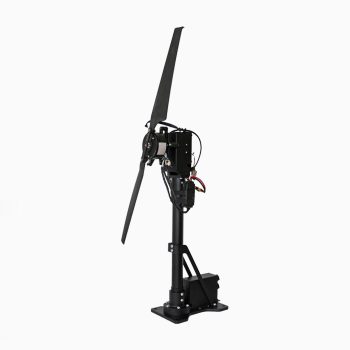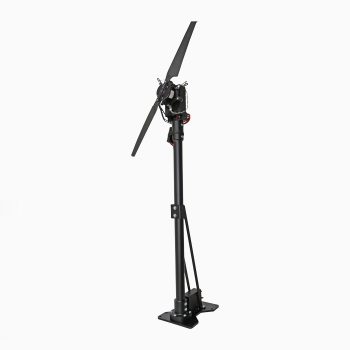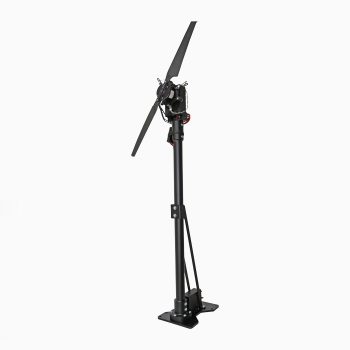Brushless motors have several features that can help reduce maintenance costs in the aviation industry. Here are some ways how brushless motors can contribute to lower maintenance costs:
- Durability: Brushless motors are known for their durability and long lifespan. Unlike traditional motors with brushes that can wear out over time, brushless motors have fewer mechanical components and are less prone to wear and tear. This can result in reduced maintenance and replacement costs, as brushless motors can operate reliably for longer periods without needing frequent repairs or replacements.
- Fewer Moving Parts: Brushless motors have fewer moving parts compared to traditional motors with brushes. This means there are fewer components that can fail or require maintenance. Brushless motors typically have a stationary outer stator and a rotating inner rotor, which eliminates the need for brushes, commutators, and other moving parts that can wear out or fail. This can result in reduced maintenance costs and increased reliability.
- Diagnostic Capabilities: Advance/integrated Brushless motors often come with built-in diagnostic capabilities, such as sensors and feedback mechanisms, that can provide real-time data on motor performance, temperature, and other parameters. This allows for proactive monitoring and early detection of potential issues, which can help prevent costly breakdowns and unplanned maintenance. Diagnostic capabilities of brushless motors can improve maintenance efficiency and reduce costs by enabling timely maintenance actions and predictive maintenance strategies.
- Improved Reliability: Brushless motors are known for their high reliability. They are less susceptible to common issues that can affect motors with brushes, such as brush wear, sparking, and electrical arcing. This results in improved reliability and reduced maintenance requirements. Brushless motors are designed to operate efficiently in demanding environments, including those found in aviation applications, where reliability is crucial for safe and efficient operation of aircraft.
In summary, brushless motors can reduce maintenance costs in the aviation industry through their durability, fewer moving parts, diagnostic capabilities, improved reliability, and elimination of brushes that need replacement. These advantages can lead to reduced downtime, improved efficiency, and lower overall maintenance costs, making brushless motors a favorable choice for aviation applications.





